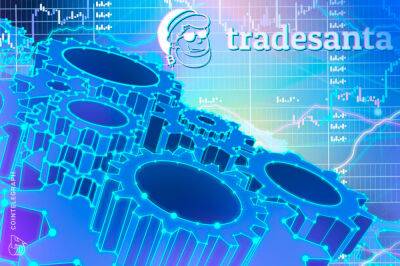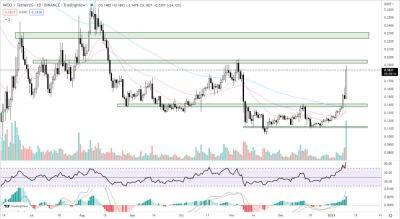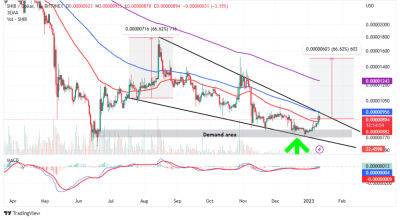3 ways crypto derivatives could evolve and impact the market in 2023
Futures and options let traders put down only a tiny portion of a trade’s value and bet that prices will go up or down to a certain point within a certain period. It can make traders' profits bigger because they can borrow more money to add to their positions, but it can also boost their losses much if the market moves against them.
Even though the market for crypto derivatives is growing, the instruments and infrastructure that support it are not as developed as those in traditional financial markets.
Next year will be the year that crypto derivatives reach a new level of growth and market maturity because the infrastructure has been built and improved this ye, and an increasing number of institutions are getting involved.
In 2023, the volume of crypto derivatives will continue to grow because of two factors: first, the growth of relevant infrastructure such as applications for decentralized finance (DeFi) and also because of more professional and transparent intermediaries planning to enter the space. Eventually, this will lead to more institutions getting involved.
Understanding why traditional financial institutions use derivatives more than traditional spot markets is an excellent way to learn more about the market.
Some reasons for the growth are the ability to leverage capital, the fact that derivatives contracts in the U.S. are treated as long-term capital gains for tax purposes, and for their use in hedging, which is the ability to protect against unexpected price swings.
When more institutions get involved, relative volatility decreases, making trading derivatives a better use of capital. Also, as more institutions add crypto assets to their balance sheets, derivative instruments will become a critical tool for
Read more on cointelegraph.com



















